The purpose of meditative asanas is to help one relax and focus in order to meditate. Focus, steadiness, and mental serenity are the desired outcomes of these asanas. For the purposes of Dharna, Dhyana, and Samadhi, they offer a supportive and comfortable posture for the body, which in turn helps to stabilize the mind. Sitting comfortably for extended periods of time is the goal of this set of asanas. A few examples of asanas that belong here are Padmasana, Vajrasana, Sukhasana, and Swastikasana.
How Important Is Finding the Perfect Position to Meditate?
We practitioners deeply feel that being cross-legged or in Lotus Pose is the ideal position for meditation, so this is a very essential issue for us to ask. On social media, we often see pictures of yogis in a cross-legged stance, seemingly at peace, or of Indian sages lying on the floor in Lotus Pose.
The reality is that while meditating, we need to settle into a comfortable posture. The quality of our meditation practice is directly correlated to the posture we adopt. While meditating, it is best to sit in a position that allows us to concentrate inward and block off distractions. So that we may learn about the body’s natural alignment and how to properly accomplish it, it helps to have a concept of what’s going on physically. Only then can we make an informed decision. Additionally, this aids in alleviating pressure and pain on the muscles, knees, and spine. After that, we’ll be able to sit comfortably and steadily for much longer.
Also Read: Yoga Asanas for a Healthy Body and Mind
5 MEDITATION POSES
Siddhasana
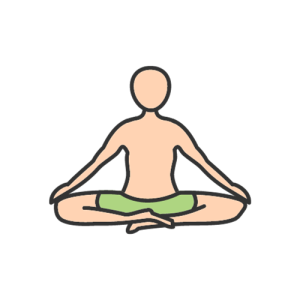
Enhances the body’s defenses. It helps keep the nadis, or nerves, in harmony. Keep your legs straight as you sit to reap the benefits of this stance. Place the right foot close to the torso on the floor while bending the right leg. Next, put your left foot on top of your right calf while bending your left leg. The bottom of the foot touches the right thigh. As you cross your legs, bring your right foot’s toes up between your thigh and calf and your left foot’s toes down between your thigh and calf. Utilize a cushion as a seat support if maintaining an upright posture proves challenging or if the knees do not touch the floor.
Padmasana
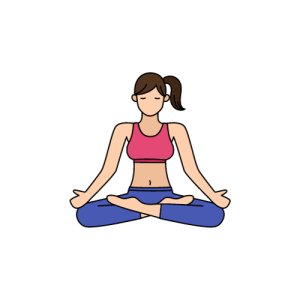
It calms the mind and restores harmony to the chakras. To begin, sit with your legs straight. Then, fold your left leg so that your left foot fits into the crease or crosses over to the right side of your pelvis, bringing your left heel as close to your navel as possible. This will bring you into the desired position. Next, bring your right foot to rest at the diagonal of your left side pelvis by folding it over your left.
Vajrasana
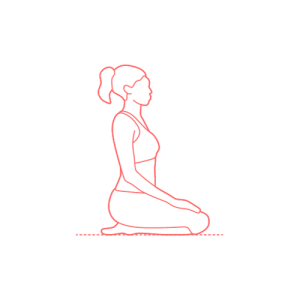
It is advised to sit in vajrasana for around 5–10 minutes following a meal since it promotes appropriate digestion. Kneestands are a good way to start moving in the direction of healthy digestion. Those two legs are crossed. The tips of the big toes meet, and the heels are turned somewhat outward. Sit back between your heels while tilting your upper body forward. There is an upright trunk. Put your palms on your thighs.
Sukhasana
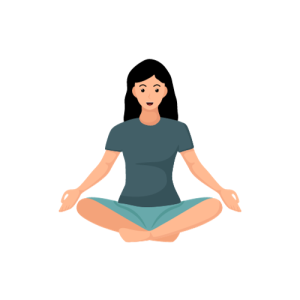
This position is the most relaxing one. Those who find it hard to sit for lengthy periods of time in Padmasana, Siddhasana, or Vajrasana could benefit from this sitting posture.
To begin, fold your legs in such a way that your top foot lies on top of your bottom foot. Many people sit with their legs crossed like this. Not many people think of it as a meditation pose, and there are good reasons for that.
Swastikasana
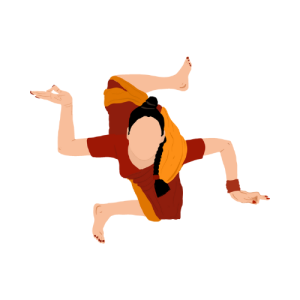
To attain complete satisfaction, begin on the left knee and press the left foot’s sole against the inside side of the right thigh. The next step is to bend your right leg so that your left foot fits snugly into the space at the bend of your right leg. Then, tuck your right foot into the gap between your left thigh and calf muscle. Properly positioning one’s feet—especially the bottom one, which might become crushed otherwise—is crucial for maintaining a comfortable posture.
Also Read: Difference Between Yoga and Meditation
How do you determine the Most Beneficial Position for Meditating?
When we stand up straight, our pelvis and other core muscles are more accessible. When we stand, for instance, there’s no requirement to constantly rotate our legs or bend at the waist. On the other hand, when we sit down, our legs are bent and pointed toward the floor. Since the legs are attached to the pelvis, the pelvis’s position can alter.
While sitting cross-legged, we can maintain proper pelvic alignment by elevating our pelvis to aid in the external rotation of the hip joint. The goal is to raise the pelvis so that it is above the knees. When you need to sit cross-legged, rotating your upper leg can be a challenge. There is less need to rotate the leg in the hip socket when we sit on a prop for support. A slight elevation of the seat raises the pelvis above the knees, enabling an anterior pelvic tilt. So, it’s easier to practice meditation when lying on one’s back with a cushion.
We may train ourselves to sit for extended periods of time when our pelvis is properly aligned and our base is stable. We can work on our spinal elongation and base-press alignment. Less effort is required to maintain an upright posture since the upper body “hangs” off the spine.
Conclusion
These five asanas will bring about the realization of four yoga principles: overall well-being, unity through individuality and vice versa, self-empowerment or self-healing, and enhancing one’s own mental and physical health.


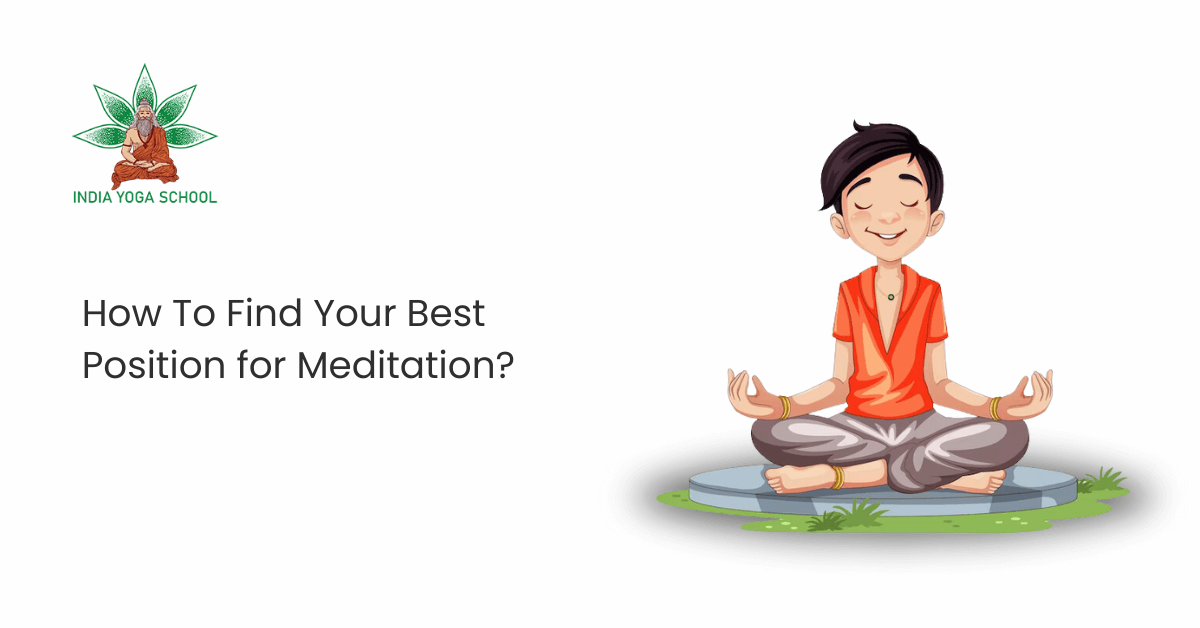
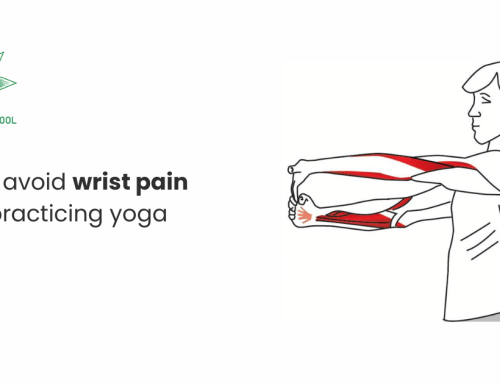

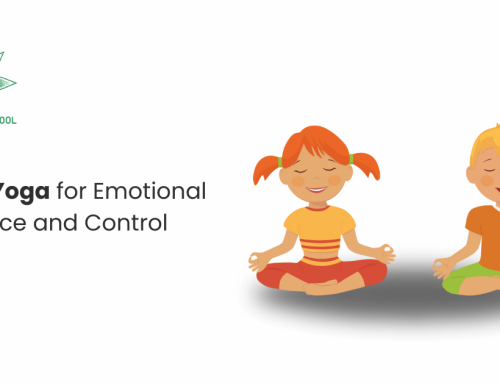
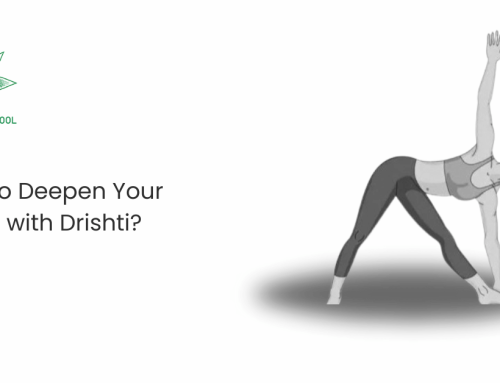
Leave A Comment